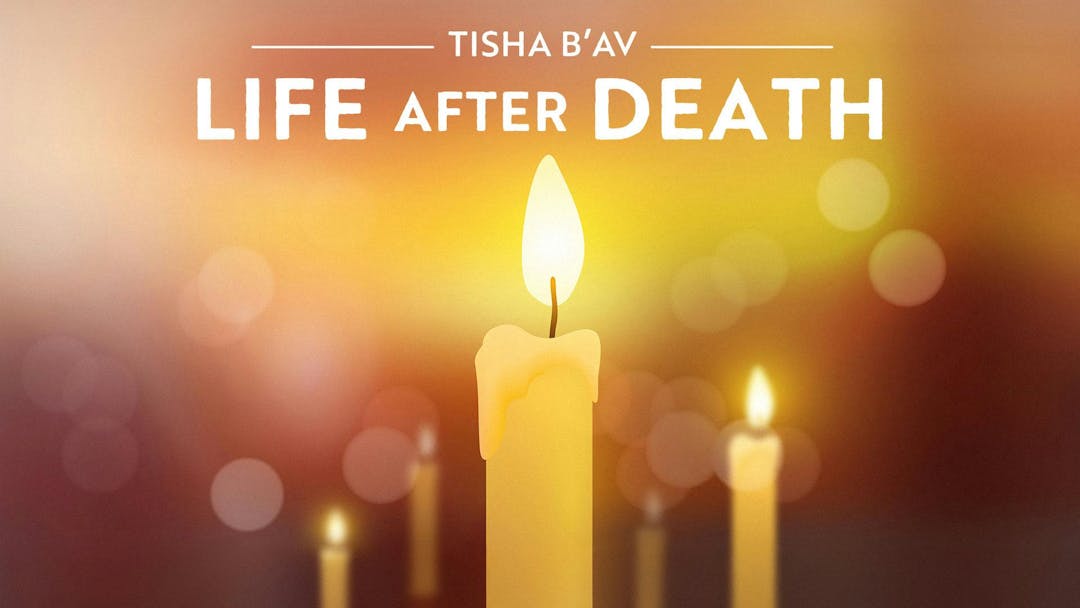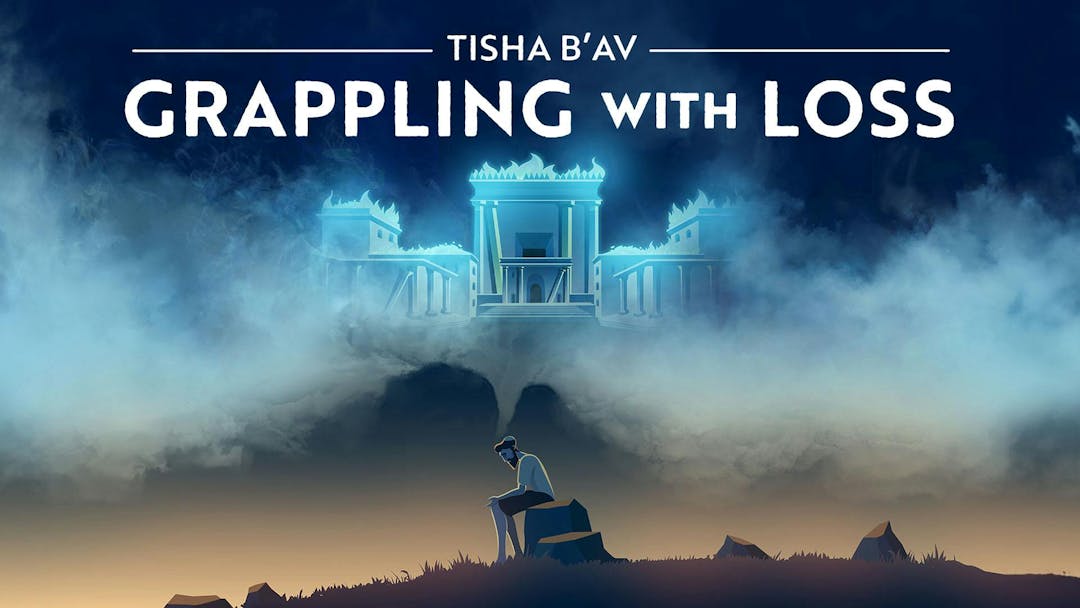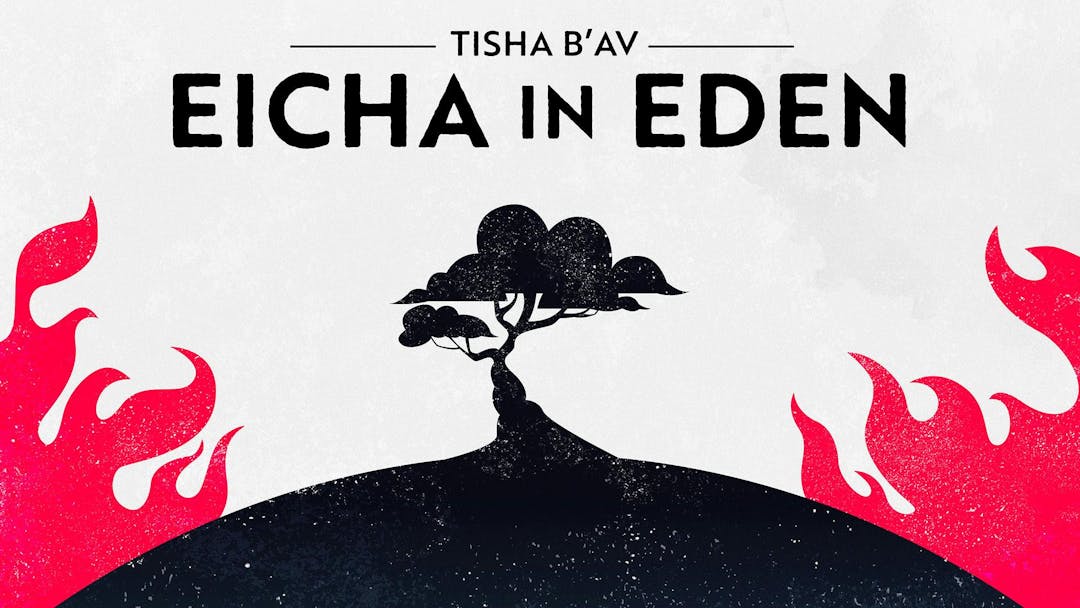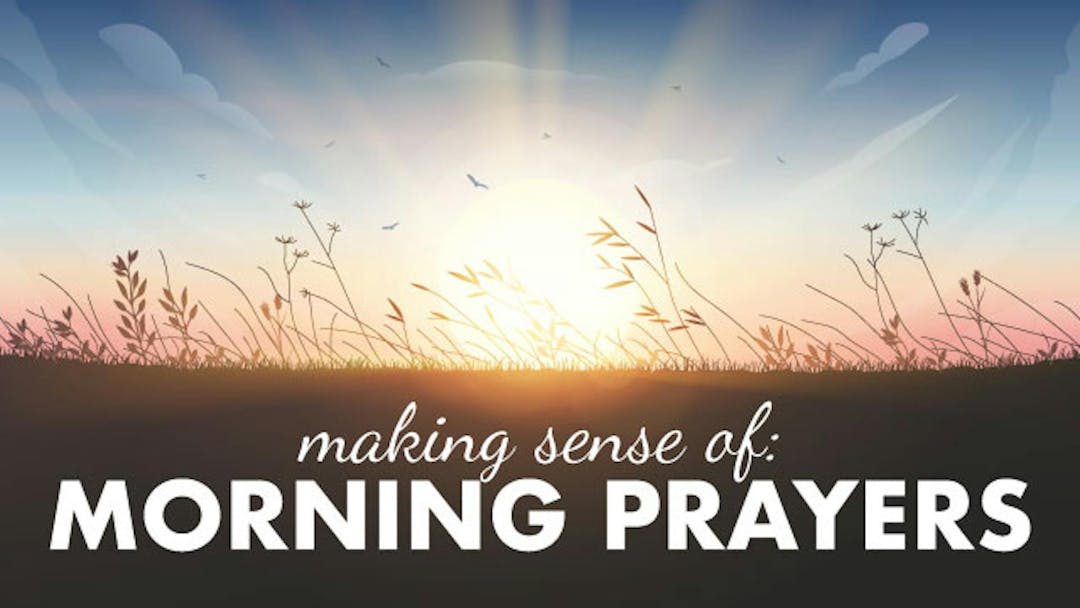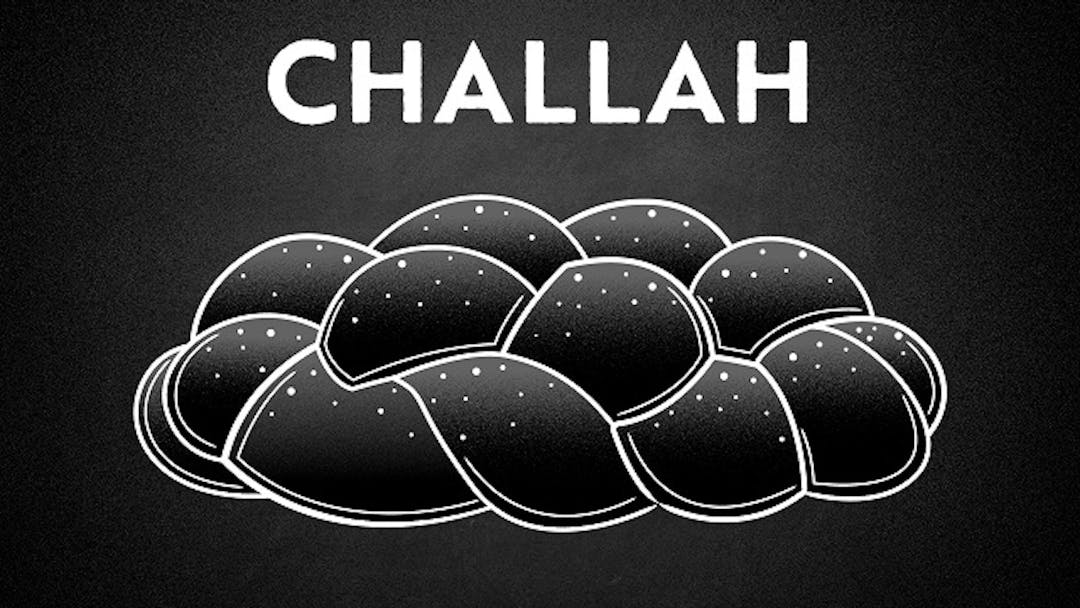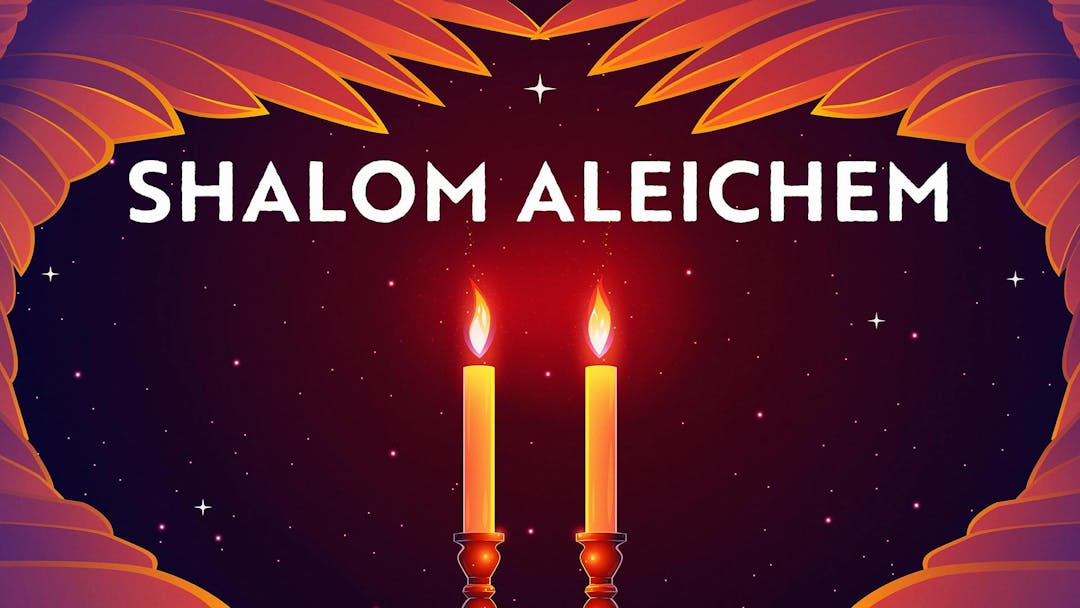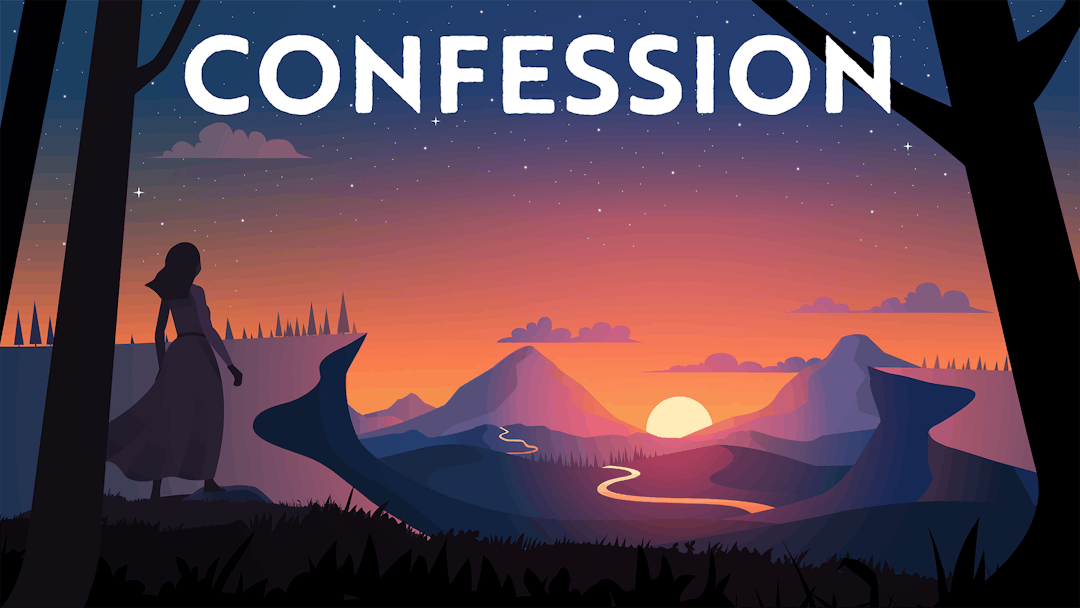Start your free trial today to unlock the full library and enjoy unlimited and uninterrupted access.
Get StartedRabbi Meir And Elisha Ben Abuyah: Part I (Part 1 of 5)
Acher: He Who Must Not Be Named
Can we ever do something so bad there’s no coming back from it? The Talmud tells us that Elisha ben Avuya, the famous apostate “Acher,” was unable to repent. What was it about this man that was so evil that his teshuvah could never be accepted? To complicate the matter even further, we’re told that Elisha’s former student, Rabbi Meir, one of the greatest sages of the Talmud, stayed fiercely loyal to his teacher — even after Elisha renounced Judaism. Why?
In this series, Rabbi Fohrman unpacks this incredible episode from the Talmud to uncover what it may teach us about grappling with our shortcomings and the true nature of atonement.
Want to watch the full video for free?
Enter your email and we’ll send you a link to watch the full series free.
What is Aleph Beta?
Aleph Beta is a unique kind of Torah library. Led by our founder, Rabbi David Fohrman, we are dedicated to high-level, textual Torah learning for adults that is intellectually and spiritually sophisticated, that enlivens your Jewish practice and helps you forge a deeper connection to God. Whether you’ve been learning in yeshiva for years or you’re just beginning your Torah journey, you’re sure to find something meaningful and surprising waiting for you here.
Browse our library of over 1,000 beautifully produced animated videos, podcasts, deep dive courses, and printable guides. Topics include the weekly parsha, Jewish holidays & fast days, laws & mitzvot, prayers, relationships, big philosophical ideas and more. Have something to say at the Shabbos table that will amaze your family and guests and bring deep meaning into their lives.
